RHA T20i Review: Old Guard
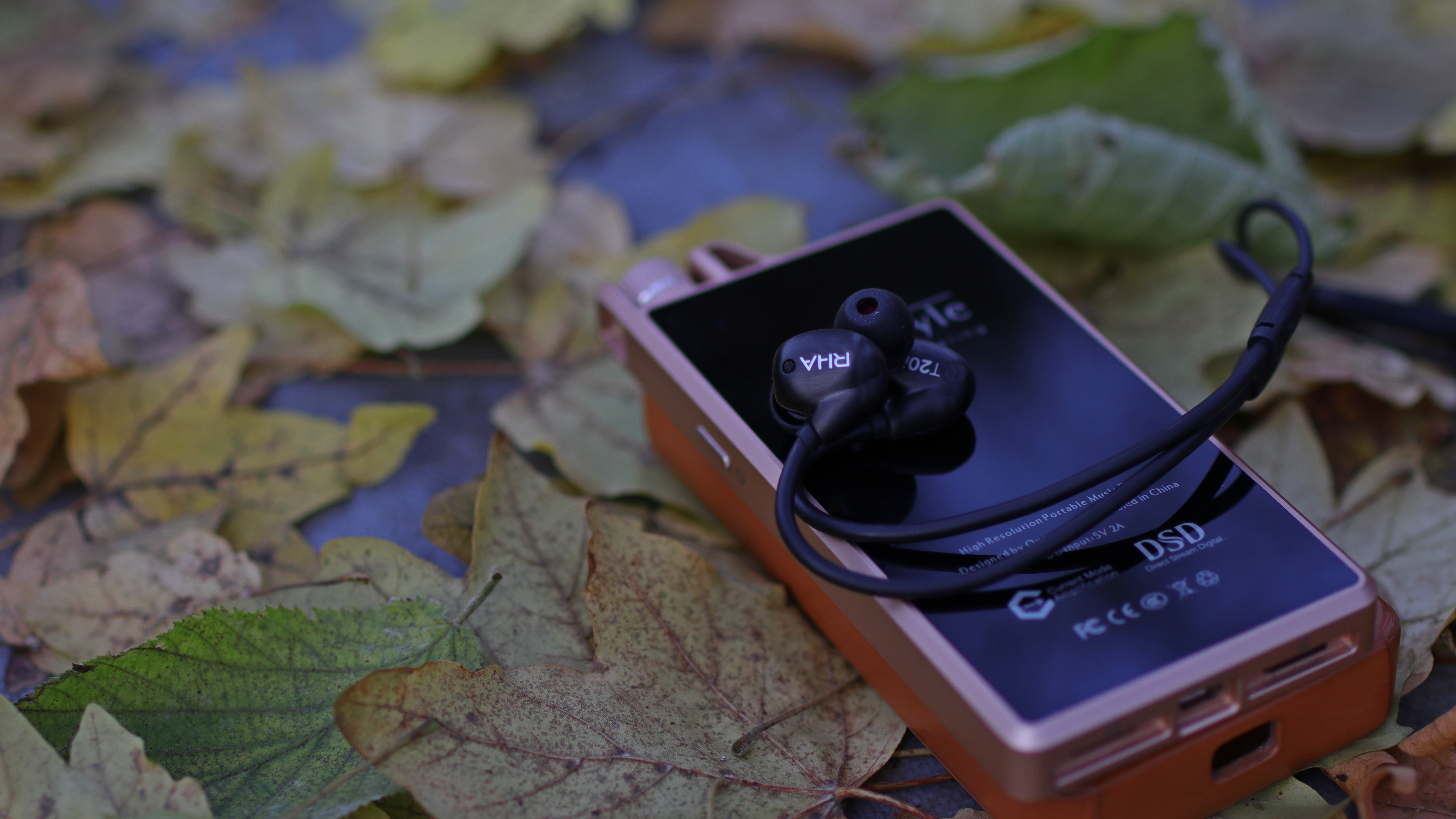
Very few companies can tout that they make their drivers “in-house”.
RHA is one of them.
They originally piqued my interest back in 2013 with their MA750i earphones, which had a very comprehensive packaging and a rather fun tuning for something not priced at the upper echelon of the market. Surprisingly, those are still being sold by RHA, and while there are better IEMs at that price nowadays — they don’t completely fall apart against the competition unlike some of their contemporaries *cough* Shure SE215 *cough*.
RHA T20i was released back in 2015, and are still being sold as RHA’s mid-range offering. Their predecessor, T10i, has been phased out, while their initial successor, the CL1, has been buried six-feet-deep (now that’s what you call a spectacular failure). The asking price has gone down considerably from their original $250 MSRP, but given the abundance of chi-fi IEMs at this range, many don’t even consider the T20i as a viable option.
So, how do they stack up against the current competition, 5 years later? Read on.
Note: the ratings given will be subjective to the price tier. Definitely the expectations from a $15 IEM won’t be the same as a $150 one, and that’s the approach taken while assigning scores. I bought the IEMs with my own funds. Disclaimer)
Sources used: Questyle QP1R, LG G7, Cayin N6 II, Yulong Canary
Price, while reviewed: ~$140. Can be bought from RHA’s official website, or look for deals and discounts on Amazon.

Build: I’ll just cut to the chase: the RHA T20i is exceptionally well-built. The whole outer shell is made out of stainless steel via a rather complicated process called Metal Injection Moulding. This leads to a sense of density and solidity that very few IEMs in this range can match.
The overall design is rather utilitarian and industrial, with smooth curves, minimal lines and a compact, pebble-like shape. The exterior finish is immaculate, as even the joints can’t be felt as you brush your fingernails across them.
There is a rather sizable driver-vent on the back (beside the RHA logo), while the inner-side has the channel-markings. The nozzle itself is removable. You can choose between three filters — Reference, Bass, and Treble (more on these later). The pattern of the grille on the nozzle is also quite unique.
The cable itself is non-removable, and that’s a shame. Not that the cable is poorly built — it’s more solid than most third-party cables and can withstand severe amounts of abuse. It’s just that the memory-wire is a royal pain to deal with, and at 1.35m the cable itself is quite long for carrying while commuting (mine got stuck in precarious places more than once, smh). The earhooks used to be frail and broke apart over time on the earlier models, but RHA has fixed that now by replacing the material. Apart from these niggles, there really is nothing else to complain about. There are more than enough strain-reliefs with the 3.5mm jack having a spring-assisted one (cool!). The chin-slider works, and the remote with mic and play/pause control is quite convenient.
5/5


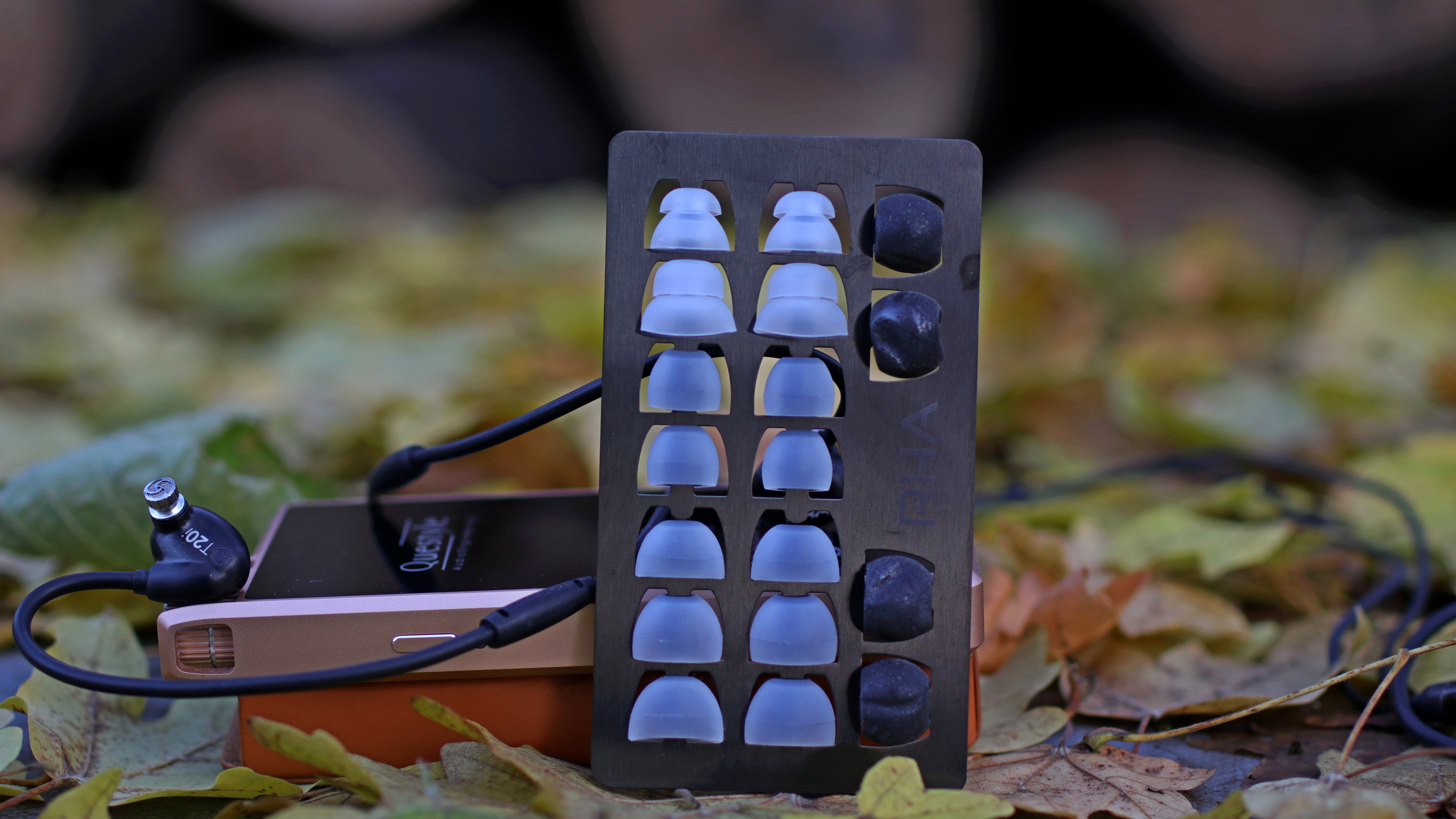
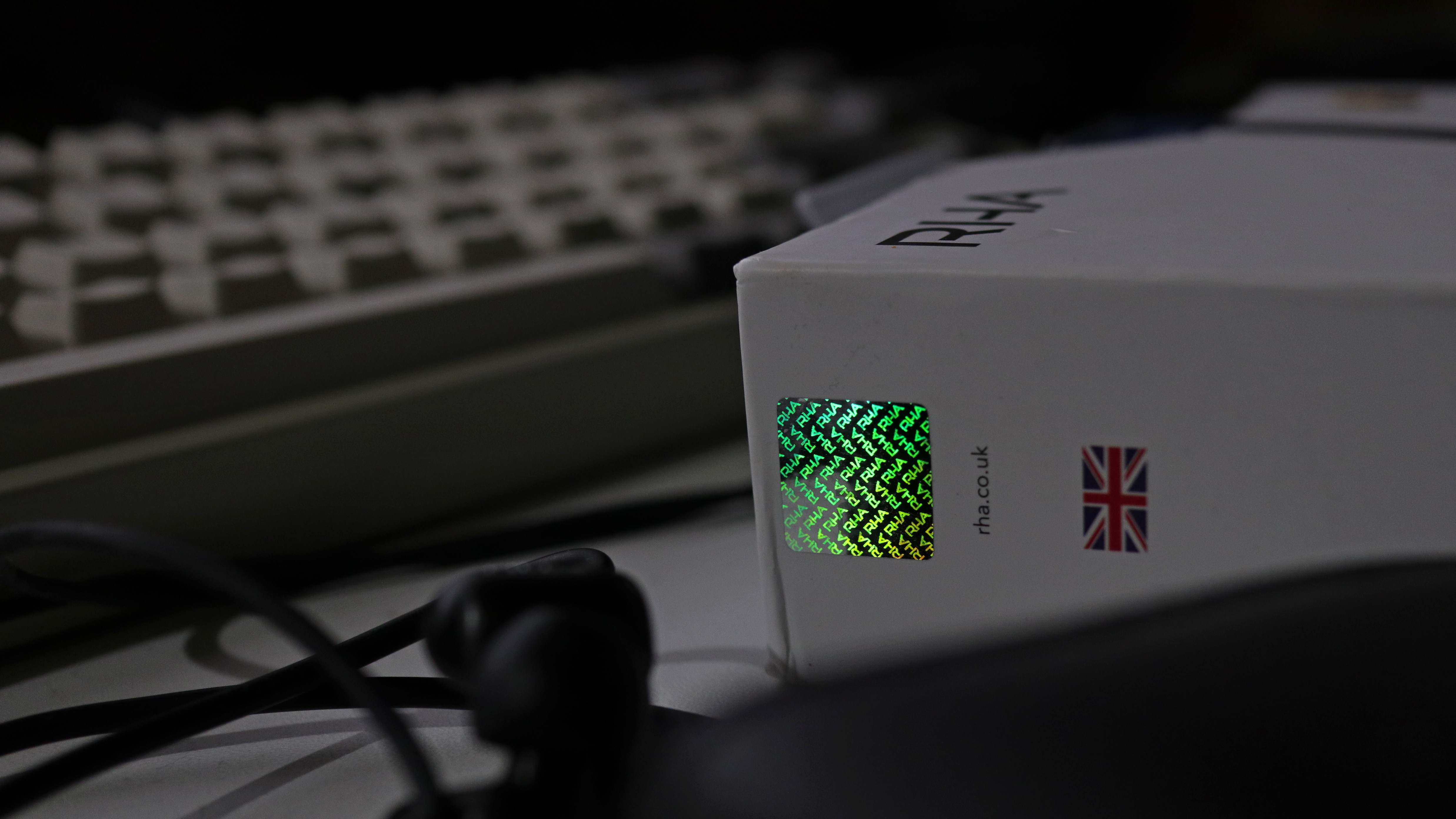
Accessories: RHA usually has a rather comprehensive packaging, and the T20i is no exception to that. You get their signature tip-holder, and 10 pair of eartips of various types — Comply foams and regular Silicone tips (both single and dual-flange). You also get a sizable carry case and a shirt clip. The biggest attraction of the packaging though is the metal tuning-filter holder. You just unscrew the existing filter on the IEMs (Reference filter by default) and replace with one of the supplied filters.
Now, I personally had to use Final E-type tips to get a good fit, as the supplied tips didn’t work for me, but there are plenty of people who find them just fine so I won’t hold it against RHA.
4.5/5

Comfort: Being on the heavier side of things, the T20i doesn’t just disappear into your ears like some other IEMs. The memory wires also need a bit of getting used to, but after a week or so it doesn’t bother you much. With the right tips, they will be fairly comfortable for long listening sessions.
The smooth sides fit snugly in the ears and you can actually lie down with them in ears (though I wouldn’t recommend falling asleep with any earphones). I can’t see them being suitable for workouts though, the cable is too long and the IEMs too heavy for such activities.
4/5
Now, onto the sound.
This is a fairly novel driver setup that’s proprietary to RHA as far as I’m concerned. They used two voice coils of differing diameters instead of two separate drivers, and places them in front of the same magnet. The inner voice coil is tasked with the frequencies from the midrange (2.2KHz) to the sub-bass (16Hz), while the outer voice coil takes care of the remaining upper frequencies. There is a crossover circuit that divides the frequencies accordingly, but since this is a single driver assembly in the traditional sense you don’t have to deal with phase or coherency issues. You can read about it more here.

Do note that all sound impressions are made with the default Reference filters. I’ve tried both the bass and treble filters, but they tend to shove the mid-range six-feet-under and boost the bass and treble respectively. The Reference filter offers the best tonal balance and showcases the T20i at its best IMO, so that’s what I’m going to base the impressions upon. Your mileage, of course, may vary.
Lows: Perhaps the stand-out feature of these IEMs would be their overall bass presentation and extension. The sub-bass digs deep and you can feel the rumble even around 18Hz, and they take the center stage with around 4dB of boost over the rest of the bass frequencies.
Mid-bass has rich texture but it’s not as prominent as the sub-bass, and overall bass speed is on the faster side (for a dynamic driver that is). There’s some bass-bleed into the lower-mids, but that adds warmth to the overall signature rather than congestion. This bass response suits particularly well to Pop/Rock genres, e.g. John Mayer’s Clarity has a rhythmic bass-line that’s wonderfully reproduced on the T20i.
With the bass filter on — this can become a true basshead IEM. My only gripe with the bass response is its tendency to distort at unsafely high listening levels. I myself would never listen to such volume but if you are one of those loud listeners — take note.
4.5/5
Mids: Being a V-shaped sounding IEM, the T20i has recessed mid-range. However, V-shaped tuning doesn’t mean that the mid-range is poor, rather a tastefully done V-shape signature can be quite enjoyable on modern Pop/Rock songs — just as it is on the T20i.
The upper-bass to lower-mid transition is smooth without any jarring peaks, but it is dipped a couple dB below the rest of the mid-range which results in distant-sounding male vocals, as evident in Colin Hay’s I Just Don’t Think I’ll Get Over You. Fortunately the lower mids aren’t thin sounding by any means, so this rendition isn’t offensive in my book.
From the lower-mids, it gradually rises for about 2/3dBs into the upper-mids, and in the archetypal v-shape fashion female vocals have more emphasis than male vocals.
Mid-range timbre is on the warm side, and has a euphonic signature overall (for the lack of a better word) that gives string instruments a colored yet appealing tonality. This particular mid-range rendition can get addictive and definitely adds to the overall fun-factor of the IEMs. Mid-range resolution is very good overall and only bested by certain multi-BA/hybrid assemblies or DD IEMs solely focusing on detail retrieval (e.g. Shuor Tape). I personally didn’t encounter any shoutiness or sibilance in the vocals, and apart from the lower-mid recession (a couple dB of boost would’ve been fantastic) I have no complaints.
4/5
Treble: Upon first listen, there’s a good chance that you’ll find T20i’s treble rather… odd. Firstly, there’s that metallic “shine” to the whole treble region (it’s characteristic of RHA’s house sound in a sense) that adds some grit to metal tracks but sounds odd on more mellow songs. Secondly, the peak around 5KHz gives an unusual crispness to acoustic guitars and other string instruments, while violins and such high-pitched instruments are not so up front as the region from 6–8KHz is dialed down by at least 5/6dB. Usually this would mean very blunt cymbal hits and crashes, but thanks to the peak around 10KHz and then another upper-treble peak between 13–14KHz allows the cymbals to have their natural decay without sounding overly blunt. They are still behind the mix in most tracks (e.g. in Filter’s Take that Knife out of My Back, Tool’s Chocolate Chip Trip) so if you need hard-hitting cymbals — these won’t deliver on that.
As for detail retrieval, there’s fairly good amount of resolved treble detailed, though the recessed 7–9KHz region will probably not satisfy those who are pursuing the utmost treble detail.
4/5

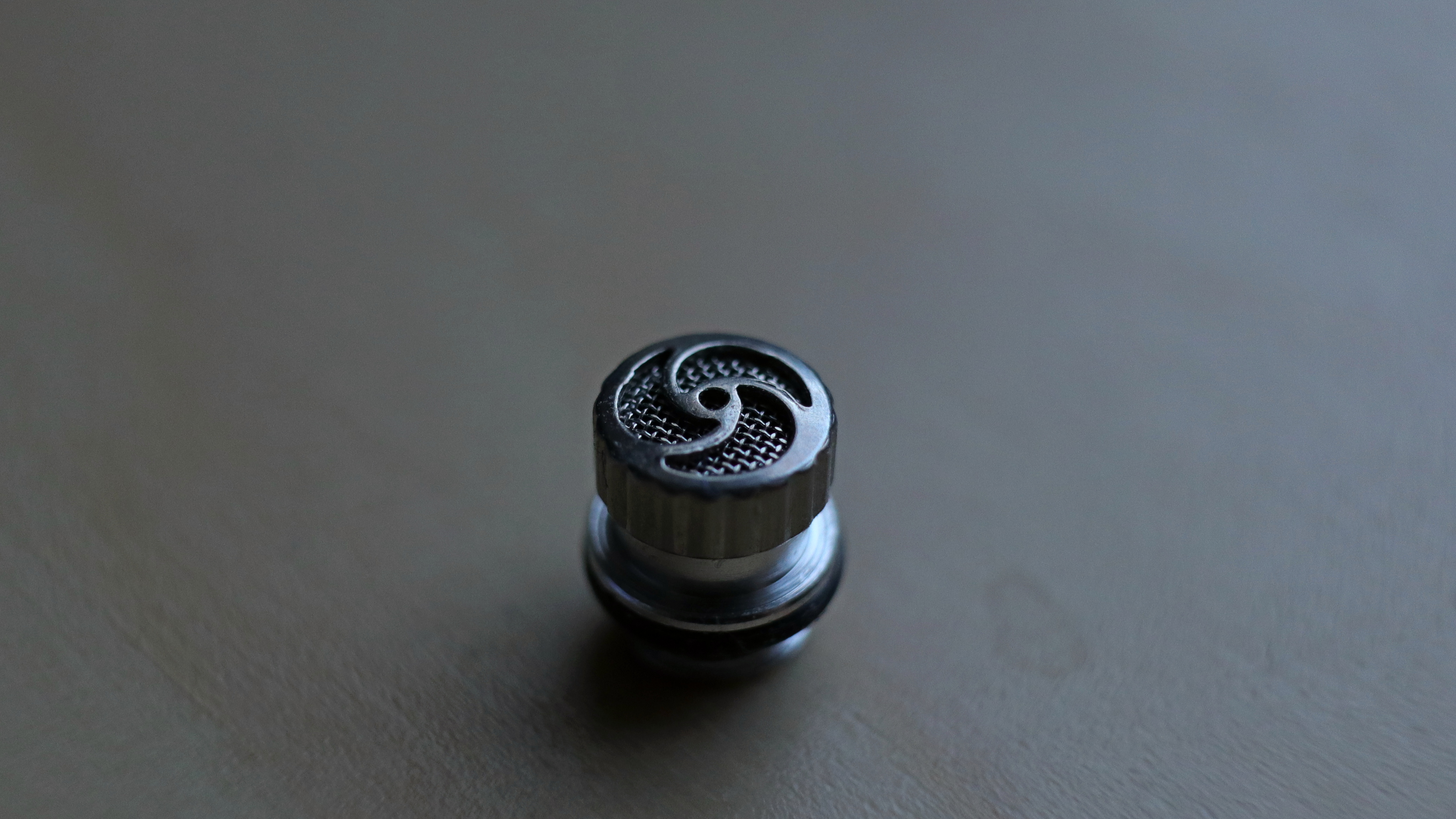
Soundstage: The soundstage on the T20i is very well-rounded with similar height, width and depth. It’s not as exaggerated as some multi-BA IEMs, rather it’s more of a natural expansion where the instruments are slightly out of your head without being too distant. This was really enjoyable especially while watching movies so there’s that.
4/5
Imaging: Imaging is precise and even manages to get the “cardinal” (i.e. top-left/top-right etc.) positioning of instruments right. My test track for imaging in this case was Yosi Horikawa’s Crossing and it sounded nearly as good as on Philips SHP9500 (though the SHP obviously had an upper hand in the end). Precise instrumentation and spatial cues are definitely a strong point of these IEMs and something RHA has executed admirably.
4.5/5
Bang-for-buck: There are numerous other IEMs under $200 nowadays and many of them are really good. However, few does the v-shape tuning as well as RHA managed to do here. Those who do it well usually don’t come with the 3-year official warranty that RHA provides, and it’s something RHA honors all the time. Their customer service and RMA process has been fantastic for me personally, and this is something one should definitely take into account while purchasing.
4/5
Source and Amping: While the sensitivity figures of this IEM (90dB/mW) will lead you to believe that they’ll need some serious juice, reality is quite different as they sound loud enough out of almost everything. That being said, I’d suggest pairing it with a low output impedance and noise-floor source as it’s quite sensitive to hiss and power-supply hum.


Select Comparisons
vs Shuoer Tape (~$130): The Shuoer Tape has been one of the most hyped IEMs in this price range, and shall make for a good comparison against the “old” T20i. While the Tapes are marketed as “electrostatic” IEMs, they are in fact “magnetostatic” and dynamic driver hybrid made which is supplied by a specific OEM.
First up — the build quality and accessories aka the entree. I’m personally not a big fan of the Tape’s design, and considering the frankly awful Quality Control of that IEM — this round goes squarely to the T20i.
Next up, sound quality aka the mains. Both IEMs have very elevated bass response, but the Tape focuses on mid-bass a bit more than the T20i. Mid-range is where the T20i pulls ahead as the mid-range tuning is more coherent and less shouty on the RHAs. Shuoer Tape applies a wide-band upper-mid boost that makes certain female vocals very shouty and tiring. Overall mid-range resolution is also better on the RHA with more nuanced placement of micro-details instead of them trying to shove everything down your ear-canal via FR fudgery. The one area where the Tapes clearly have an upper hand is the treble response where it simply has more extension in the upper treble and a more prominent lower treble tuning than the T20i. It can get fatiguing during long listening sessions, however, in case you are treble sensitive, so there’s that.
As for the other aspects: Tape is more comfortable. The soundstage is wider on the Tape while both having similar soundstage depth. Imaging is also similar on both — as in great.
If you have to pick between one of them and don’t care much for absolute upper-treble reach — take the T20i. If you need that upper-treble (and a frankly different presentation of tracks, which may or may not be a good thing) — go ahead with the Tapes, though be wary of their questionable QC.
vs Campfire Comet (~$200): Campfire’s “budget” IEM hasn’t had much hype lately, but they are one of the best built and uniquely designed IEMs in this price bracket. Build quality is exemplary on both, though some may find more peace of mind with the Comet’s replaceable cable (I am skeptical of mmcx, however). Accessories are also fleshed out and Campfire also has good customer service.
About the sound, the Comet sounds like a polite purr compared to the visceral growl of the T20i. Really, they have such a starkly different presentation that it can feel jarring while A/B-ing them. While the Comet is one of the bassier single-BA IEMs around, they pale in comparison to the T20i’s gut-punching bass lines. Then comes the mids where the lower-treble sounds almost blunt, resulting in a bland presentation of string instruments. The upper-mid peak does put the female vocals forward enough to enjoy them, and is perhaps the only similarity they share with the T20i. Treble is where the T20i simply has more energy and details, though some may prefer the smooth and fatigue-free treble presentation of the Comet.
Soundstage depth and imaging both are inferior on the Comets, while soundstage width is a tad better on them than the RHAs.
In short, I’d suggest the T20i over the Comet if you prefer a more energetic signature and overall superior detail retrieval and technicalities. The Comet is more laid back and soothing, making it fit for relaxing listening sessions.
vs Mee Pinnacle P1 (~$150): The Mee Pinnacle P1 has been Mee Audio’s flagship IEM for over three years or so. They have a more neutral presentation overall compared to the RHAs. Bass response is not as pronounced and extended on the P1s compared to the RHA T20i. The mid-range tonality, however, is more neutral on the P1, along with the overall timbre. Detail retrieval is about on par for both, though the P1 doesn’t focus on the micro-details as much as the T20i. Those details are there, they are just not pushed forward. Then comes the treble response where cymbals are more forward on the P1 and upper-mid to lower-treble transition is far more even handed compared to the abrupt “peak around 5KHz then just fall off the cliff” tuning of the T20i. Soundstage is definitely better on the P1, while imaging is about on par for both.
The biggest issue of the P1 is their build quality as their mmcx connector tend to loosen up over time. There’s also the matter of impedance matching as they are 50Ohm IEMs and you’ll probably need a decent source to make the most out of them.
It’s difficult for me to choose one in this comparison, the best would be to try them both and pick one (though that applies to almost any IEM comparison).



Conclusion
While RHA has been struggling for a while with their flagship IEMs (the CL1 was a massacre, while the CL2 has had mixed receptions), they still have a very capable mid-range offering in the T20i.
The biggest issue with the T20i would be the first week or so. You’ll have to fight with the memory wire, perhaps try a few different eartips and finally learn how to deal with the extra-long cable. Once you get past that and the “north-of-neutral” sound signature — there’s a very fun sounding IEM here.
The T20i is V-shape done beyond well. Well-extended and enhanced Bass? Check. Not too recessed mids that focus more on instruments than vocals? Check. Detailed top-end that’s not fatiguing? Check. Great soundstage and imaging? Check, check.
If it’s V-shaped signature that you want, the T20i will deliver. It might be “old” and not as hyped anymore, but it is plenty capable of standing on its own, and that’s that.
#Recommended
Test tracks (as Tidal playlist): https://tidal.com/browse/playlist/04350ebe-1582-4785-9984-ff050d80d2b7
Test tracks (as YouTube playlist, often updated):
https://www.youtube.com/playlist?list=PLetb5RqtcrlXdSG4tSCjCJpvoszUb4OjG

Very few companies can tout that they make their drivers “in-house”.
RHA is one of them.
They originally piqued my interest back in 2013 with their MA750i earphones, which had a very comprehensive packaging and a rather fun tuning for something not priced at the upper echelon of the market. Surprisingly, those are still being sold by RHA, and while there are better IEMs at that price nowadays — they don’t completely fall apart against the competition unlike some of their contemporaries *cough* Shure SE215 *cough*.
RHA T20i was released back in 2015, and are still being sold as RHA’s mid-range offering. Their predecessor, T10i, has been phased out, while their initial successor, the CL1, has been buried six-feet-deep (now that’s what you call a spectacular failure). The asking price has gone down considerably from their original $250 MSRP, but given the abundance of chi-fi IEMs at this range, many don’t even consider the T20i as a viable option.
So, how do they stack up against the current competition, 5 years later? Read on.
Note: the ratings given will be subjective to the price tier. Definitely the expectations from a $15 IEM won’t be the same as a $150 one, and that’s the approach taken while assigning scores. I bought the IEMs with my own funds. Disclaimer)
Sources used: Questyle QP1R, LG G7, Cayin N6 II, Yulong Canary
Price, while reviewed: ~$140. Can be bought from RHA’s official website, or look for deals and discounts on Amazon.

Build: I’ll just cut to the chase: the RHA T20i is exceptionally well-built. The whole outer shell is made out of stainless steel via a rather complicated process called Metal Injection Moulding. This leads to a sense of density and solidity that very few IEMs in this range can match.
The overall design is rather utilitarian and industrial, with smooth curves, minimal lines and a compact, pebble-like shape. The exterior finish is immaculate, as even the joints can’t be felt as you brush your fingernails across them.
There is a rather sizable driver-vent on the back (beside the RHA logo), while the inner-side has the channel-markings. The nozzle itself is removable. You can choose between three filters — Reference, Bass, and Treble (more on these later). The pattern of the grille on the nozzle is also quite unique.
The cable itself is non-removable, and that’s a shame. Not that the cable is poorly built — it’s more solid than most third-party cables and can withstand severe amounts of abuse. It’s just that the memory-wire is a royal pain to deal with, and at 1.35m the cable itself is quite long for carrying while commuting (mine got stuck in precarious places more than once, smh). The earhooks used to be frail and broke apart over time on the earlier models, but RHA has fixed that now by replacing the material. Apart from these niggles, there really is nothing else to complain about. There are more than enough strain-reliefs with the 3.5mm jack having a spring-assisted one (cool!). The chin-slider works, and the remote with mic and play/pause control is quite convenient.
5/5




Accessories: RHA usually has a rather comprehensive packaging, and the T20i is no exception to that. You get their signature tip-holder, and 10 pair of eartips of various types — Comply foams and regular Silicone tips (both single and dual-flange). You also get a sizable carry case and a shirt clip. The biggest attraction of the packaging though is the metal tuning-filter holder. You just unscrew the existing filter on the IEMs (Reference filter by default) and replace with one of the supplied filters.
Now, I personally had to use Final E-type tips to get a good fit, as the supplied tips didn’t work for me, but there are plenty of people who find them just fine so I won’t hold it against RHA.
4.5/5

Comfort: Being on the heavier side of things, the T20i doesn’t just disappear into your ears like some other IEMs. The memory wires also need a bit of getting used to, but after a week or so it doesn’t bother you much. With the right tips, they will be fairly comfortable for long listening sessions.
The smooth sides fit snugly in the ears and you can actually lie down with them in ears (though I wouldn’t recommend falling asleep with any earphones). I can’t see them being suitable for workouts though, the cable is too long and the IEMs too heavy for such activities.
4/5
Now, onto the sound.
This is a fairly novel driver setup that’s proprietary to RHA as far as I’m concerned. They used two voice coils of differing diameters instead of two separate drivers, and places them in front of the same magnet. The inner voice coil is tasked with the frequencies from the midrange (2.2KHz) to the sub-bass (16Hz), while the outer voice coil takes care of the remaining upper frequencies. There is a crossover circuit that divides the frequencies accordingly, but since this is a single driver assembly in the traditional sense you don’t have to deal with phase or coherency issues. You can read about it more here.

Do note that all sound impressions are made with the default Reference filters. I’ve tried both the bass and treble filters, but they tend to shove the mid-range six-feet-under and boost the bass and treble respectively. The Reference filter offers the best tonal balance and showcases the T20i at its best IMO, so that’s what I’m going to base the impressions upon. Your mileage, of course, may vary.
Lows: Perhaps the stand-out feature of these IEMs would be their overall bass presentation and extension. The sub-bass digs deep and you can feel the rumble even around 18Hz, and they take the center stage with around 4dB of boost over the rest of the bass frequencies.
Mid-bass has rich texture but it’s not as prominent as the sub-bass, and overall bass speed is on the faster side (for a dynamic driver that is). There’s some bass-bleed into the lower-mids, but that adds warmth to the overall signature rather than congestion. This bass response suits particularly well to Pop/Rock genres, e.g. John Mayer’s Clarity has a rhythmic bass-line that’s wonderfully reproduced on the T20i.
With the bass filter on — this can become a true basshead IEM. My only gripe with the bass response is its tendency to distort at unsafely high listening levels. I myself would never listen to such volume but if you are one of those loud listeners — take note.
4.5/5
Mids: Being a V-shaped sounding IEM, the T20i has recessed mid-range. However, V-shaped tuning doesn’t mean that the mid-range is poor, rather a tastefully done V-shape signature can be quite enjoyable on modern Pop/Rock songs — just as it is on the T20i.
The upper-bass to lower-mid transition is smooth without any jarring peaks, but it is dipped a couple dB below the rest of the mid-range which results in distant-sounding male vocals, as evident in Colin Hay’s I Just Don’t Think I’ll Get Over You. Fortunately the lower mids aren’t thin sounding by any means, so this rendition isn’t offensive in my book.
From the lower-mids, it gradually rises for about 2/3dBs into the upper-mids, and in the archetypal v-shape fashion female vocals have more emphasis than male vocals.
Mid-range timbre is on the warm side, and has a euphonic signature overall (for the lack of a better word) that gives string instruments a colored yet appealing tonality. This particular mid-range rendition can get addictive and definitely adds to the overall fun-factor of the IEMs. Mid-range resolution is very good overall and only bested by certain multi-BA/hybrid assemblies or DD IEMs solely focusing on detail retrieval (e.g. Shuor Tape). I personally didn’t encounter any shoutiness or sibilance in the vocals, and apart from the lower-mid recession (a couple dB of boost would’ve been fantastic) I have no complaints.
4/5
Treble: Upon first listen, there’s a good chance that you’ll find T20i’s treble rather… odd. Firstly, there’s that metallic “shine” to the whole treble region (it’s characteristic of RHA’s house sound in a sense) that adds some grit to metal tracks but sounds odd on more mellow songs. Secondly, the peak around 5KHz gives an unusual crispness to acoustic guitars and other string instruments, while violins and such high-pitched instruments are not so up front as the region from 6–8KHz is dialed down by at least 5/6dB. Usually this would mean very blunt cymbal hits and crashes, but thanks to the peak around 10KHz and then another upper-treble peak between 13–14KHz allows the cymbals to have their natural decay without sounding overly blunt. They are still behind the mix in most tracks (e.g. in Filter’s Take that Knife out of My Back, Tool’s Chocolate Chip Trip) so if you need hard-hitting cymbals — these won’t deliver on that.
As for detail retrieval, there’s fairly good amount of resolved treble detailed, though the recessed 7–9KHz region will probably not satisfy those who are pursuing the utmost treble detail.
4/5


Soundstage: The soundstage on the T20i is very well-rounded with similar height, width and depth. It’s not as exaggerated as some multi-BA IEMs, rather it’s more of a natural expansion where the instruments are slightly out of your head without being too distant. This was really enjoyable especially while watching movies so there’s that.
4/5
Imaging: Imaging is precise and even manages to get the “cardinal” (i.e. top-left/top-right etc.) positioning of instruments right. My test track for imaging in this case was Yosi Horikawa’s Crossing and it sounded nearly as good as on Philips SHP9500 (though the SHP obviously had an upper hand in the end). Precise instrumentation and spatial cues are definitely a strong point of these IEMs and something RHA has executed admirably.
4.5/5
Bang-for-buck: There are numerous other IEMs under $200 nowadays and many of them are really good. However, few does the v-shape tuning as well as RHA managed to do here. Those who do it well usually don’t come with the 3-year official warranty that RHA provides, and it’s something RHA honors all the time. Their customer service and RMA process has been fantastic for me personally, and this is something one should definitely take into account while purchasing.
4/5
Source and Amping: While the sensitivity figures of this IEM (90dB/mW) will lead you to believe that they’ll need some serious juice, reality is quite different as they sound loud enough out of almost everything. That being said, I’d suggest pairing it with a low output impedance and noise-floor source as it’s quite sensitive to hiss and power-supply hum.


Select Comparisons
vs Shuoer Tape (~$130): The Shuoer Tape has been one of the most hyped IEMs in this price range, and shall make for a good comparison against the “old” T20i. While the Tapes are marketed as “electrostatic” IEMs, they are in fact “magnetostatic” and dynamic driver hybrid made which is supplied by a specific OEM.
First up — the build quality and accessories aka the entree. I’m personally not a big fan of the Tape’s design, and considering the frankly awful Quality Control of that IEM — this round goes squarely to the T20i.
Next up, sound quality aka the mains. Both IEMs have very elevated bass response, but the Tape focuses on mid-bass a bit more than the T20i. Mid-range is where the T20i pulls ahead as the mid-range tuning is more coherent and less shouty on the RHAs. Shuoer Tape applies a wide-band upper-mid boost that makes certain female vocals very shouty and tiring. Overall mid-range resolution is also better on the RHA with more nuanced placement of micro-details instead of them trying to shove everything down your ear-canal via FR fudgery. The one area where the Tapes clearly have an upper hand is the treble response where it simply has more extension in the upper treble and a more prominent lower treble tuning than the T20i. It can get fatiguing during long listening sessions, however, in case you are treble sensitive, so there’s that.
As for the other aspects: Tape is more comfortable. The soundstage is wider on the Tape while both having similar soundstage depth. Imaging is also similar on both — as in great.
If you have to pick between one of them and don’t care much for absolute upper-treble reach — take the T20i. If you need that upper-treble (and a frankly different presentation of tracks, which may or may not be a good thing) — go ahead with the Tapes, though be wary of their questionable QC.
vs Campfire Comet (~$200): Campfire’s “budget” IEM hasn’t had much hype lately, but they are one of the best built and uniquely designed IEMs in this price bracket. Build quality is exemplary on both, though some may find more peace of mind with the Comet’s replaceable cable (I am skeptical of mmcx, however). Accessories are also fleshed out and Campfire also has good customer service.
About the sound, the Comet sounds like a polite purr compared to the visceral growl of the T20i. Really, they have such a starkly different presentation that it can feel jarring while A/B-ing them. While the Comet is one of the bassier single-BA IEMs around, they pale in comparison to the T20i’s gut-punching bass lines. Then comes the mids where the lower-treble sounds almost blunt, resulting in a bland presentation of string instruments. The upper-mid peak does put the female vocals forward enough to enjoy them, and is perhaps the only similarity they share with the T20i. Treble is where the T20i simply has more energy and details, though some may prefer the smooth and fatigue-free treble presentation of the Comet.
Soundstage depth and imaging both are inferior on the Comets, while soundstage width is a tad better on them than the RHAs.
In short, I’d suggest the T20i over the Comet if you prefer a more energetic signature and overall superior detail retrieval and technicalities. The Comet is more laid back and soothing, making it fit for relaxing listening sessions.
vs Mee Pinnacle P1 (~$150): The Mee Pinnacle P1 has been Mee Audio’s flagship IEM for over three years or so. They have a more neutral presentation overall compared to the RHAs. Bass response is not as pronounced and extended on the P1s compared to the RHA T20i. The mid-range tonality, however, is more neutral on the P1, along with the overall timbre. Detail retrieval is about on par for both, though the P1 doesn’t focus on the micro-details as much as the T20i. Those details are there, they are just not pushed forward. Then comes the treble response where cymbals are more forward on the P1 and upper-mid to lower-treble transition is far more even handed compared to the abrupt “peak around 5KHz then just fall off the cliff” tuning of the T20i. Soundstage is definitely better on the P1, while imaging is about on par for both.
The biggest issue of the P1 is their build quality as their mmcx connector tend to loosen up over time. There’s also the matter of impedance matching as they are 50Ohm IEMs and you’ll probably need a decent source to make the most out of them.
It’s difficult for me to choose one in this comparison, the best would be to try them both and pick one (though that applies to almost any IEM comparison).



Conclusion
While RHA has been struggling for a while with their flagship IEMs (the CL1 was a massacre, while the CL2 has had mixed receptions), they still have a very capable mid-range offering in the T20i.
The biggest issue with the T20i would be the first week or so. You’ll have to fight with the memory wire, perhaps try a few different eartips and finally learn how to deal with the extra-long cable. Once you get past that and the “north-of-neutral” sound signature — there’s a very fun sounding IEM here.
The T20i is V-shape done beyond well. Well-extended and enhanced Bass? Check. Not too recessed mids that focus more on instruments than vocals? Check. Detailed top-end that’s not fatiguing? Check. Great soundstage and imaging? Check, check.
If it’s V-shaped signature that you want, the T20i will deliver. It might be “old” and not as hyped anymore, but it is plenty capable of standing on its own, and that’s that.
#Recommended
Test tracks (as Tidal playlist): https://tidal.com/browse/playlist/04350ebe-1582-4785-9984-ff050d80d2b7
Test tracks (as YouTube playlist, often updated):
https://www.youtube.com/playlist?list=PLetb5RqtcrlXdSG4tSCjCJpvoszUb4OjG













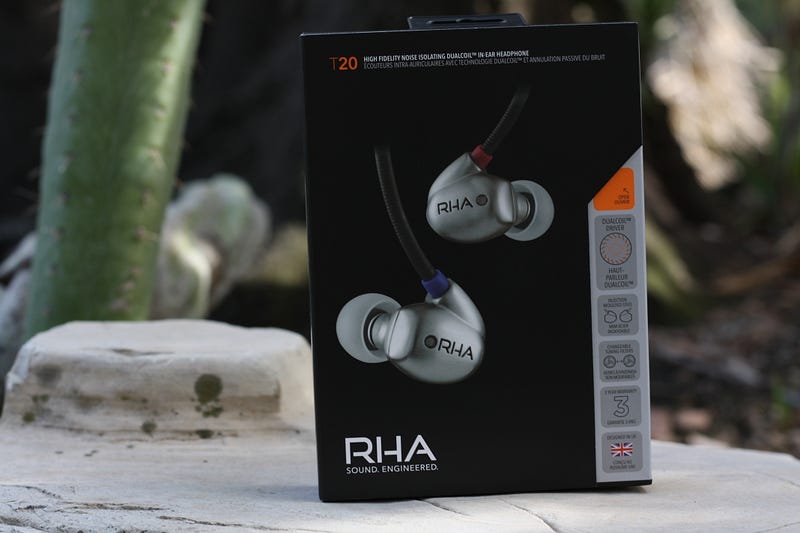
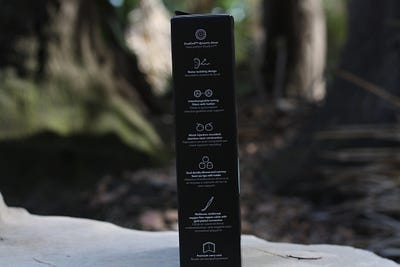

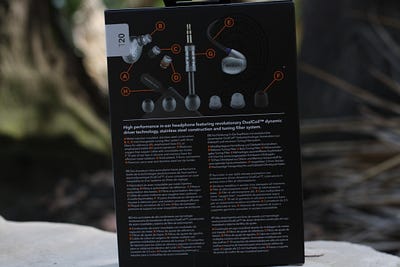
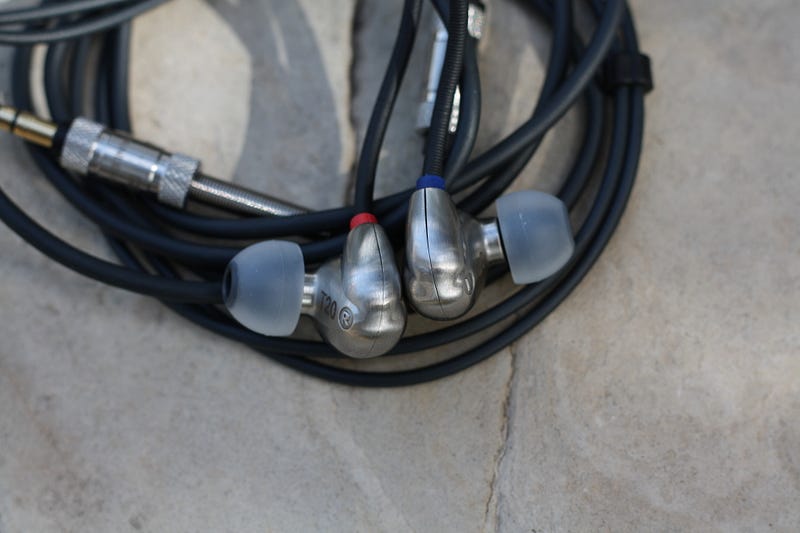

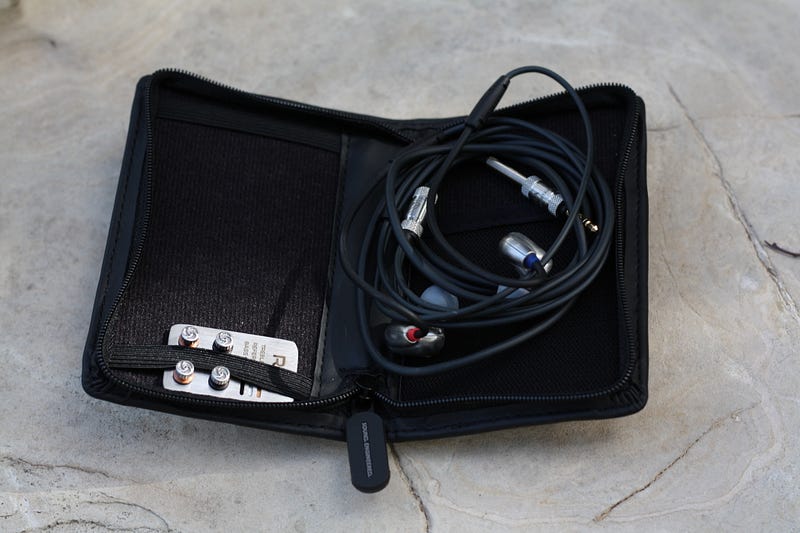
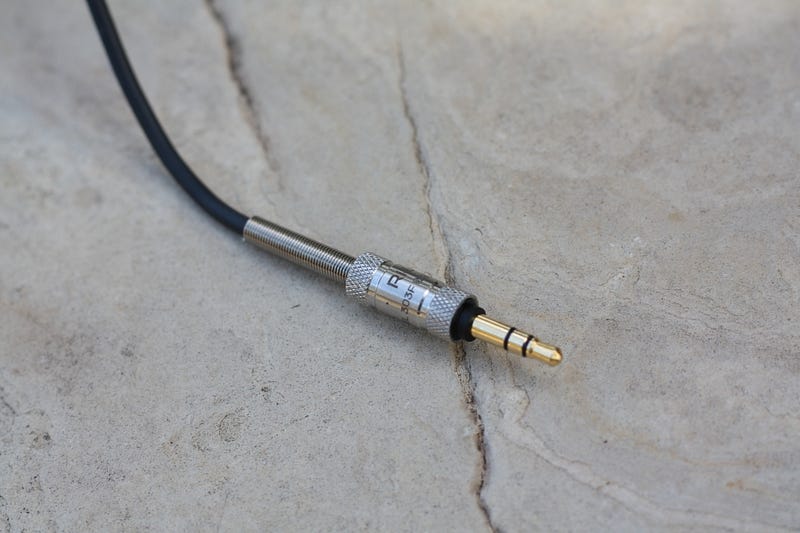

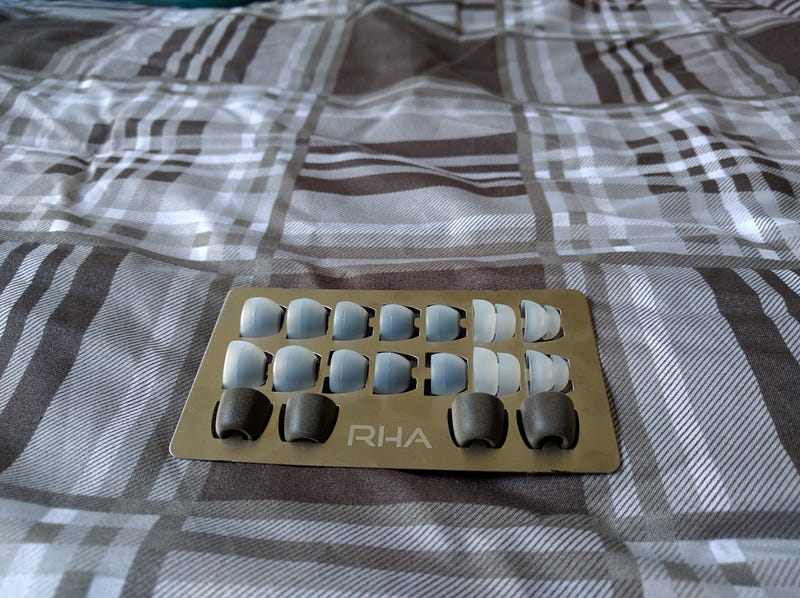
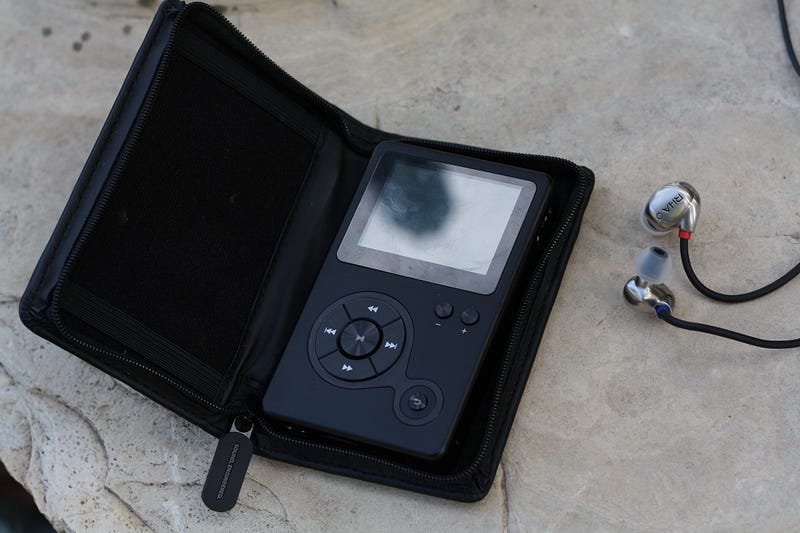









































































































































I know it may sound a little bit odd considering the price point...but how does Campfire honeydew compares to Rha t20i in terms of bass, soundstage & imaging ??